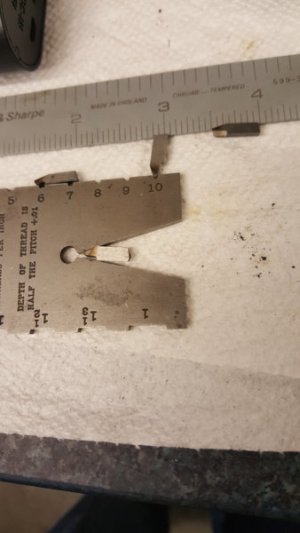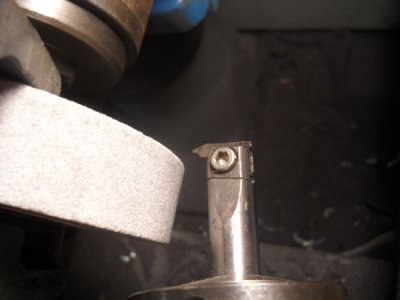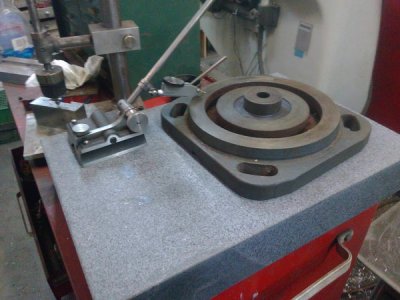- Joined
- Oct 18, 2016
- Messages
- 2,872
Got it. I didn't make the connection with your ATF letter until now. Great looking work!
Tonight’s project (yes I’m spending far more time in the workshop than usual at present - need some alone time from the wife at present, but that’s a whole different, much less interesting topic)
I recently upgraded my cordless drill - so the old one is now expendable and available for experimenting.
The main problem with the old one was the ni-cad batteries. They wouldn’t keep a charge so whenever I wanted to use the drill it was flat. So I decided to try a lithium ion upgrade.
Brought some cheap 18650 cells (~$2 each) and a balance charge circuit board (~$4.30) and had at it.
Old ni-cad pack
View attachment 248259
New Li-ion setup (much lighter)
View attachment 248258
Charging seems to be going well, still need to test it. Hopefully the end result is a drill for occasional use that will maintain its charge while sitting on the shelf and actually be ready to use when wanted.
View attachment 248257
Just outside the shop.
My wife , using my scrap barrel shroud.
Booger end down.



For a moment, I thought it was a BBQ pit.A RG-G inspired, 22 cal. Gatling gun frame



